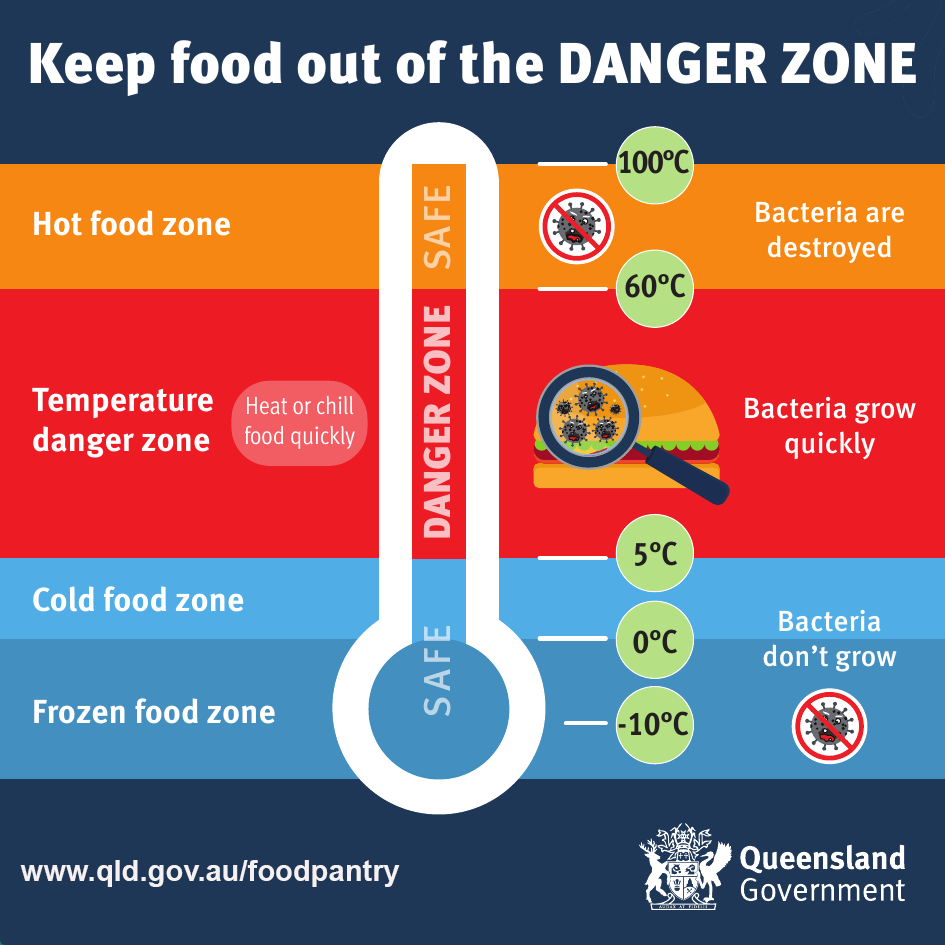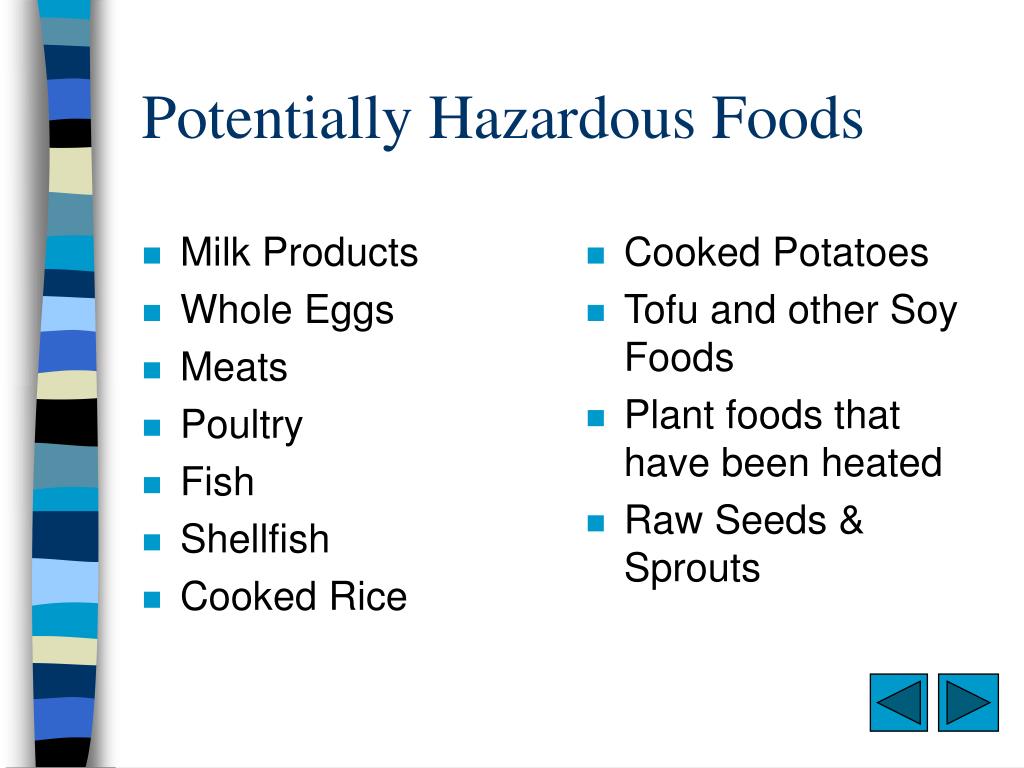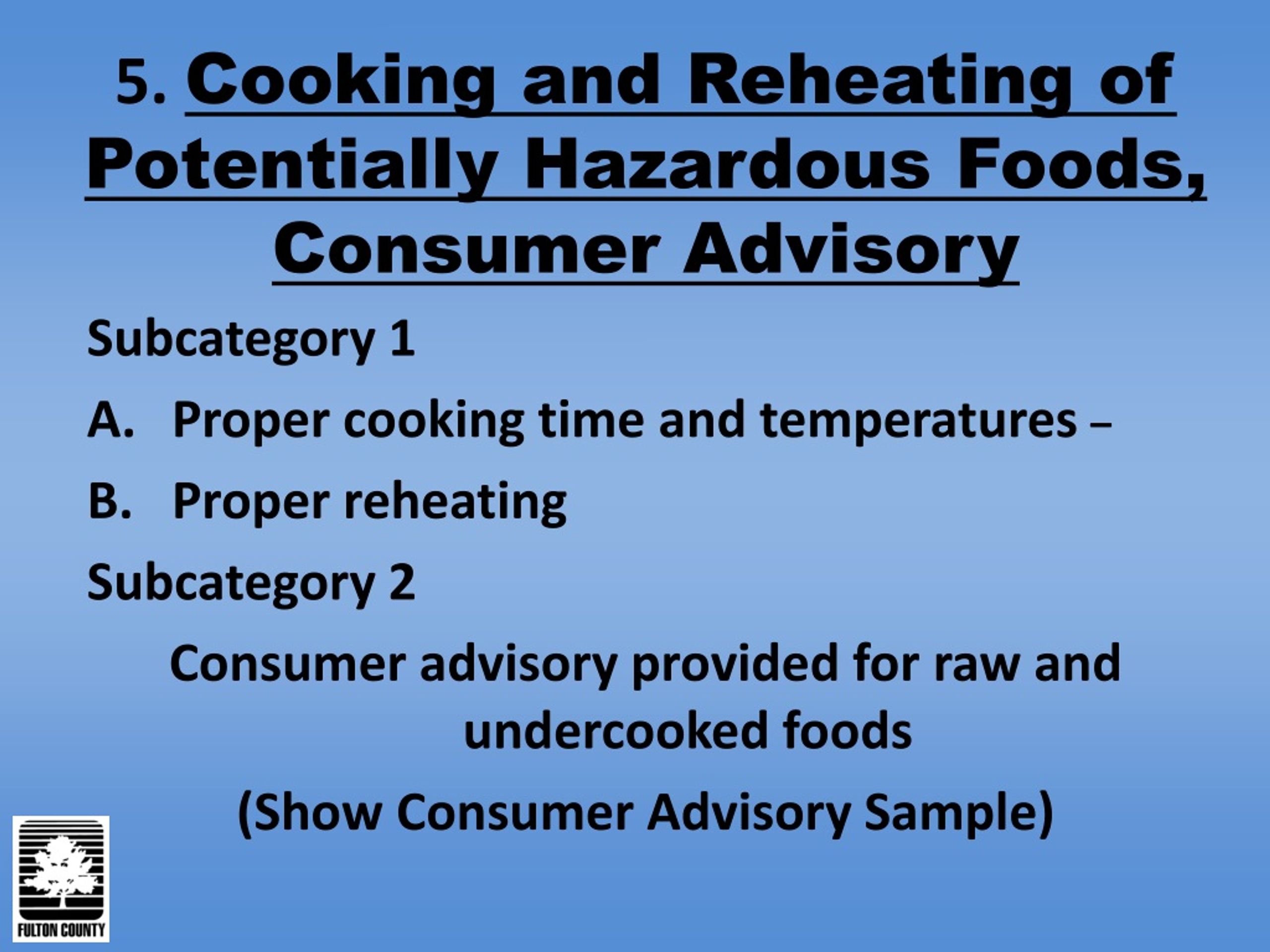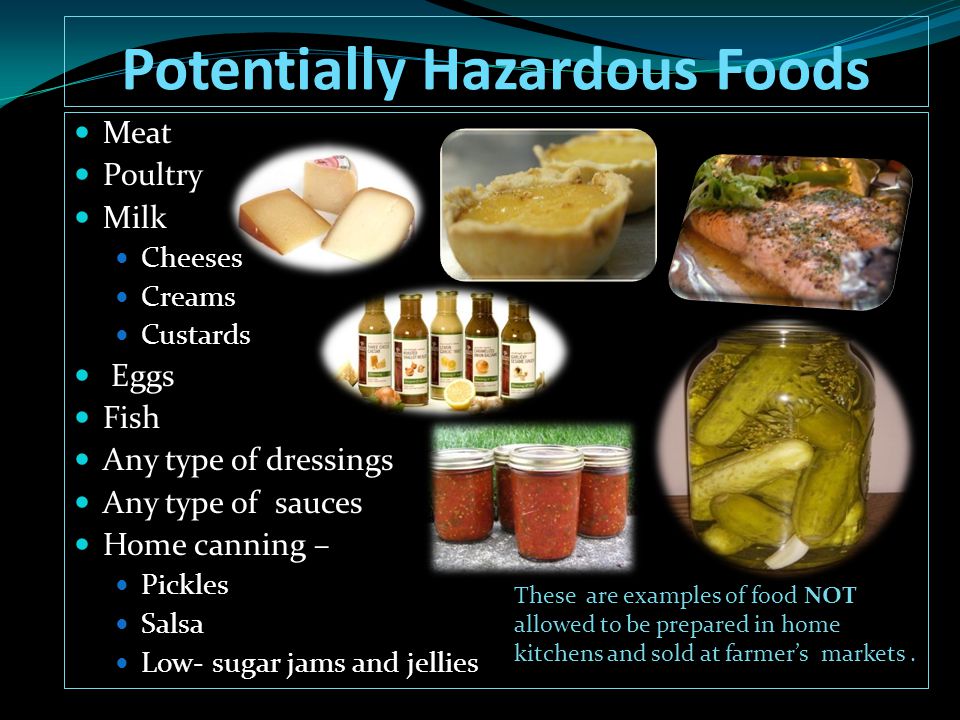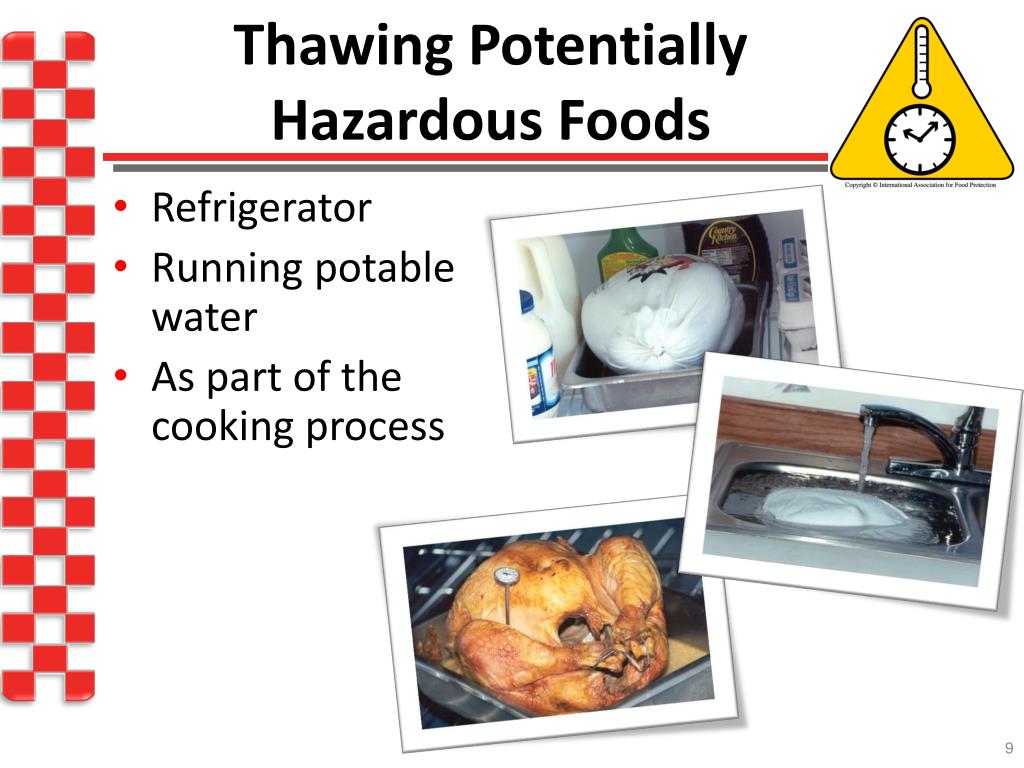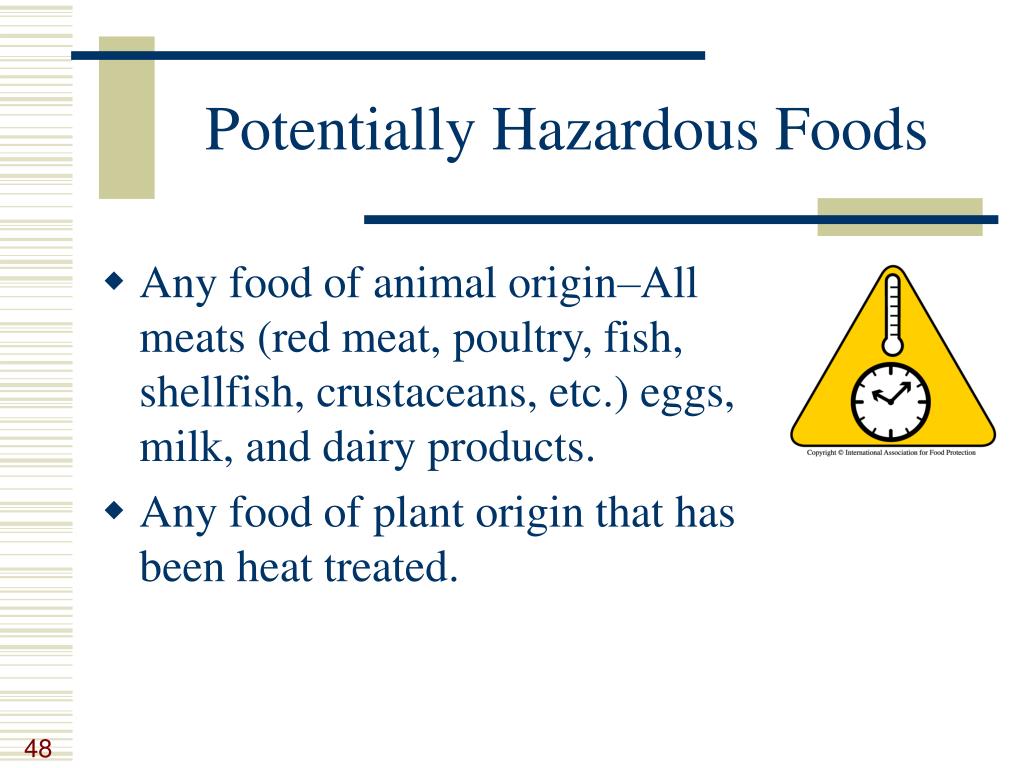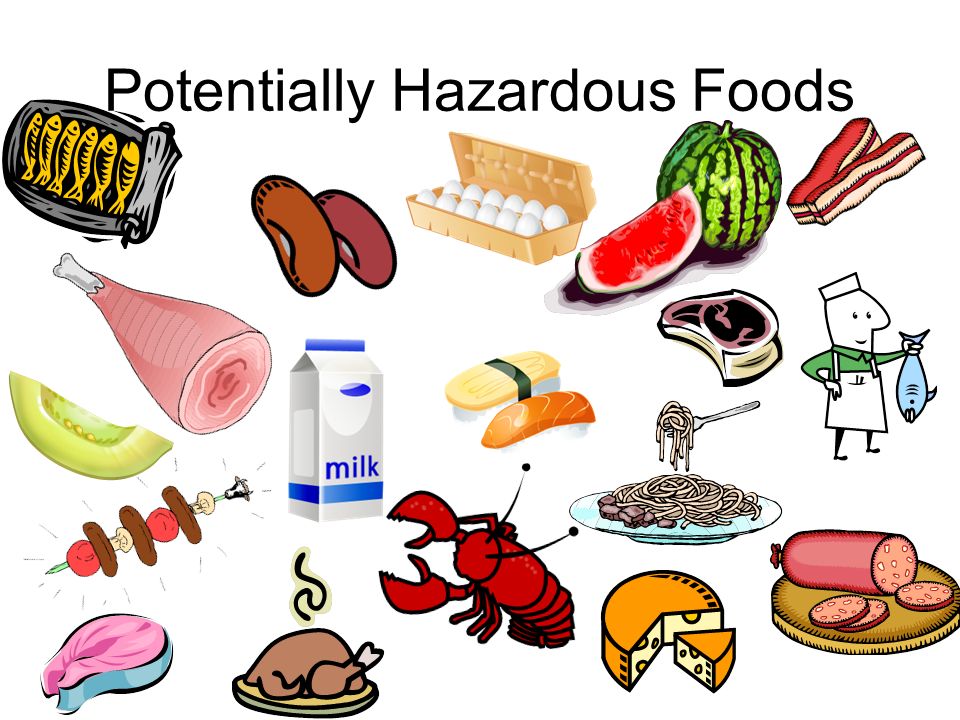If Potentially Hazardous Foods Are Reheated
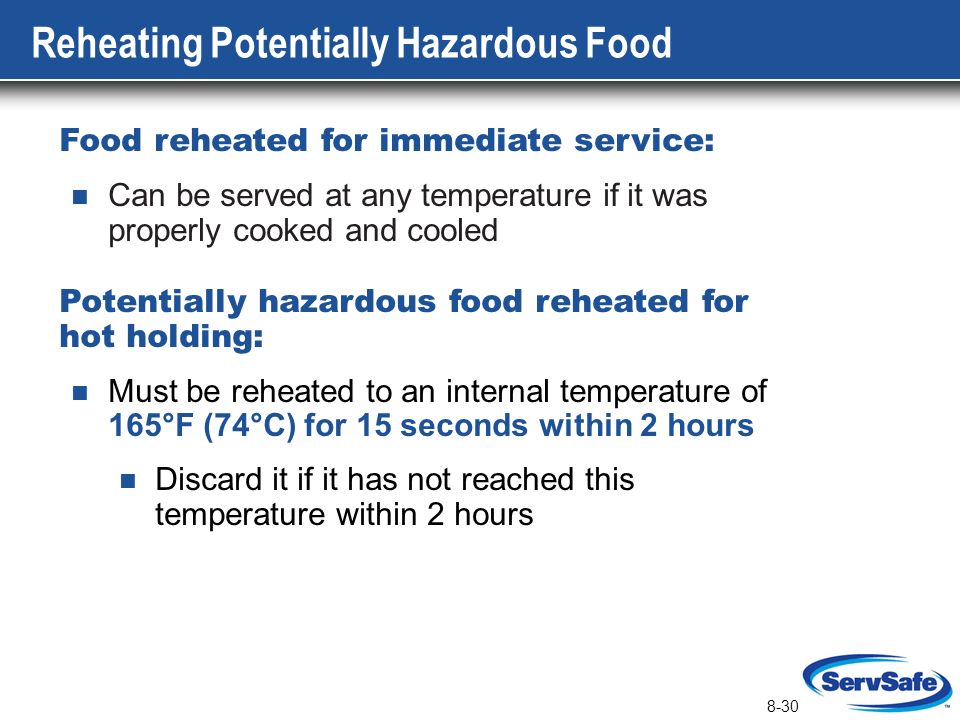
Urgent health warnings are being issued nationwide following a sharp rise in reported cases of foodborne illnesses linked to improperly reheated potentially hazardous foods. Public health officials are scrambling to contain the outbreak and prevent further cases.
The surge, impacting numerous states, underscores a critical gap in public understanding of safe reheating practices. This article details the outbreak, identifies the foods most commonly implicated, and outlines crucial safety measures to safeguard public health.
Outbreak Overview
The Centers for Disease Control and Prevention (CDC) confirmed a significant increase in food poisoning cases reported over the past two weeks.
Initial investigations point to the improper reheating of potentially hazardous foods as the primary culprit. Over 300 cases across 15 states have been reported.
Affected States and Demographics
The hardest-hit states include California, Texas, Florida, and New York, with a notable concentration of cases in urban areas. Children under the age of 5 and adults over 65 are showing the highest rates of infection.
Specifically, 32% of cases involve children and 28% involve senior citizens. The remaining 40% involve the general adult population.
Identified Food Sources
Potentially hazardous foods, including cooked meats, poultry, seafood, and rice dishes, are the most commonly implicated sources.
Lab analysis of samples taken from affected individuals and suspect food sources has identified Bacillus cereus and Clostridium perfringens as the dominant pathogens. These bacteria thrive in foods left at room temperature for extended periods.
Reheating Guidelines: A Refresher
Health experts emphasize the importance of adhering to strict reheating guidelines to eliminate harmful bacteria.
Reheat food rapidly to a safe internal temperature, typically 165°F (74°C) for most foods. Use a food thermometer to verify the internal temperature.
Ensure even heating throughout the food item. Stovetop and oven reheating methods should be used cautiously. Consider microwaving in short intervals, stirring frequently to distribute heat.
Microwave Reheating: Special Considerations
Microwaves can create cold spots, so stirring and rotating food during reheating is essential. Standing time after microwaving is also crucial for even heat distribution.
Always follow the manufacturer's instructions for your microwave oven. Never use plastic containers not specifically designed for microwave use.
Safe Storage Practices
Proper cooling and storage are equally important in preventing bacterial growth. Cool cooked foods quickly (within two hours) and refrigerate promptly.
Store leftovers in shallow containers to facilitate rapid cooling. Maintain refrigerator temperatures below 40°F (4°C).
Expert Commentary
“This outbreak serves as a stark reminder of the importance of food safety vigilance,” stated Dr. Emily Carter, a leading epidemiologist at the CDC. "Reheating food isn't just about making it warm; it's about ensuring it's safe to eat."
Dr. Carter added, "Consumers must understand that potentially hazardous foods left at room temperature can harbor dangerous bacteria that can cause severe illness."
Dr. James Oliver, a food safety expert at the Food and Drug Administration (FDA), emphasized the need for improved public education. "We need to reinforce the message that safe food handling is a shared responsibility. From manufacturers to consumers, everyone plays a role in preventing foodborne illnesses."
Ongoing Investigations and Next Steps
The CDC and FDA are working collaboratively with state and local health departments to trace the source of the outbreak and identify potential points of contamination.
Enhanced surveillance and testing are underway at food processing facilities and restaurants. Public health officials are urging individuals experiencing symptoms of food poisoning to seek medical attention immediately.
The FDA is planning a nationwide public awareness campaign focused on safe reheating practices. The campaign will utilize social media, public service announcements, and educational materials to reach a broad audience.
Individuals with questions or concerns about food safety should contact their local health department or visit the CDC and FDA websites for more information. Always prioritize food safety to protect yourself and your family from foodborne illnesses.

